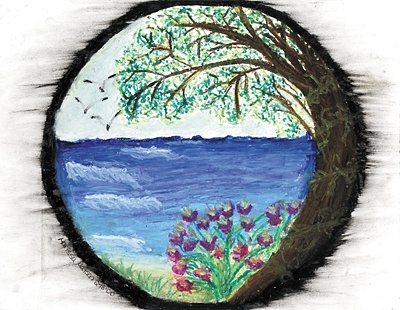All Nonfiction
- Bullying
- Books
- Academic
- Author Interviews
- Celebrity interviews
- College Articles
- College Essays
- Educator of the Year
- Heroes
- Interviews
- Memoir
- Personal Experience
- Sports
- Travel & Culture
All Opinions
- Bullying
- Current Events / Politics
- Discrimination
- Drugs / Alcohol / Smoking
- Entertainment / Celebrities
- Environment
- Love / Relationships
- Movies / Music / TV
- Pop Culture / Trends
- School / College
- Social Issues / Civics
- Spirituality / Religion
- Sports / Hobbies
All Hot Topics
- Bullying
- Community Service
- Environment
- Health
- Letters to the Editor
- Pride & Prejudice
- What Matters
- Back
Summer Guide
- Program Links
- Program Reviews
- Back
College Guide
- College Links
- College Reviews
- College Essays
- College Articles
- Back
To Kill A Mockingbird
In the bestselling book To Kill A Mockingbird by: Harper Lee, a book that is based on segregation and labeled the narrator, a young girl Scout Finch tells the story about her older brother Jem Finch and her dad Atticus; who is a lawyer in the fictional Maycomb county who has been hired to be the defendant of a black man who was accused of raping a white girl. Lee draws her inspiration for the books main plot from the Scottsboro trial that took place March 25 1931, where some black men were accused of raping two white girls. There was a rushed trial, and after all the black men had been killed then only was a frame up admitted. In this book the accusation of rape is a lie but the case gets settled before the black man is sent to be hanged. The main theme of this book, as mentioned above is segregation of white and black people. Even though in the Maycomb county the form of segregation is rather different. The whites merely feel powerful and more superior to the blacks, and the blacks live in rather low accommodations of living.
In class to gain more insight of the book we looked at the two poems, Black and Blue sung by Louis Armstrong and Strange Fruit by Billie Holiday. Even though the poem is about abuse,it is about a different kind of abuse: abuse of oneself. The black people are blaming themselves for what has come about to them, this hampers them from healing fully. The black man says that even though he’s white on the inside everybody judges him from his outside (his skin color). Strange Fruit is also about African Americans but it’s about them being lynched. Lynched is hanging somebody, but not with the courts permission. Though in the last stanza of this poem, the healing begins, unlike the previous poem where there is no stage of healing.

Similar Articles
JOIN THE DISCUSSION
This article has 0 comments.
